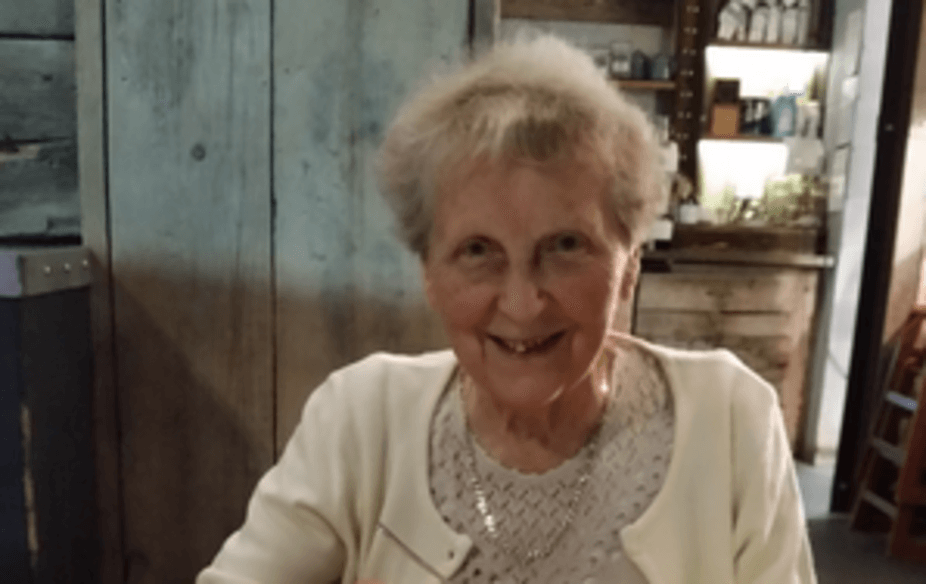Murder of older women is more of a problem that you think
Most of the women aged over 60 were killed by a male family member, either a spouse or a son/grandson.

It is a commonly cited statistic that on average two women are killed every week by a partner or ex-partner. However it is perhaps less well known that a significant proportion of these women are aged over 60.
At the beginning of April, 79-year-old Norma Bell, was found dead at her home in Hartlepool. Her home had been burned out and her handbag, along with hundreds of pounds in cash were missing.
Unfortunately, Norma’s death is not a rarity: there have been a number of murders involving an elderly woman victim (sometimes referred to as “eldercide”) reported in the national news since the start of the year. In fact, there have even been dedicated journal editions examining elderly homicide, such is the prevalence of these shocking crimes.
National data reveals that there were 1,601 victims of murder between 2011-12 and 2013-14 – the majority of which were men (1,077). While official data shows men are still murdered at a higher rate than women in later life – 122 men aged 60 and over between 2011-12 to 2013-14 compared to 111 women – women who are at the eldest end of the spectrum (aged 75 and over) are disproportionately at risk compared to men: 39 men aged 75 and over were killed in the years 2011-12 to 2013-14, compared to 61 women.
Eldercide
Little is known about the victim and perpetrator characteristics and the contexts of these homicides as national data does not provide such information by age group. Most of the studies examining this area have emerged from the US and there is an overall lack of research examining crimes against older people in the UK.
Similar to other forms of violence against women, there are myths and stereotypes around elder homicide which centre around the “stranger danger” scenario of a man who attacks a vulnerable elderly person, often linked to burglary or theft offences.
However, the important work of Karen Ingala-Smith – who collects information on women killed by men in the UK through her project Counting Dead Women – provides some insight into the contexts of homicides involving older women, and challenges these dominant myths. Her data shows that most of the women aged over 60 were killed by a male family member, either a spouse or a son/grandson.
This is consistent with female victims generally, with national data revealing women are most likely to be killed by a spouse, ex-partner or son. The most common reported methods of killing were strangulation or head injuries, and the majority of murders occur in the victim’s home.
This paints a similar picture to fatal offences against younger women, but little else is known about the offences that have taken place against women over 60, which have not received significant attention from researchers or policy makers.
Violence against women
It is widely accepted that offending and victimisation decreases with age, often referred to as the “age-crime” curve. It has also been suggested that respect of elderly people in society has led to an overall assumption that older people are unlikely victims of violence.
But this is simply not true: recent research is challenging this notion that the elderly are not at risk. I have drawn attention recently to the levels of recorded rape offences involving an older victim, and there is increasing recognition that domestic violence spans across all age groups. The increase in research and policy attention to child-to-parent abuse has also raised awareness of the prevalence of abuse experienced by people in mid-to-later life. However, abuse of the elderly (“elder abuse”) is often viewed as distinct from other forms of violence and is gender-neutral, so it is typically not viewed on the violence against women continuum.
In my opinion, it is clear that society, researchers and policy-makers need to view elderly homicide as a form of violence against women and not elder abuse. The pre-occupation with age may lead to some homicides of older people going unrecognised, as chronic illness and physical health problems may mean some murders get wrongly categorised as age-related deaths. Furthermore, the lack of research attention towards eldercide may restrict, or distort, our understandings of homicide more generally.
It is only by framing fatal violence against older women as part of a continuum of violence that women experience throughout their lives, that thorough analysis of the issues can be conducted.
As the world population continues to age, it is likely that increasing numbers of older women will be victims of fatal violence by men. There is now an urgent need to recognise and respond to the risks that older women face – and save their lives.
Hannah Bows, Researcher (Sexual Violence and Violence against Women), Durham University
This article was originally published on The Conversation. Read the original article.
Subscribe to Independent Premium to bookmark this article
Want to bookmark your favourite articles and stories to read or reference later? Start your Independent Premium subscription today.

Join our commenting forum
Join thought-provoking conversations, follow other Independent readers and see their replies